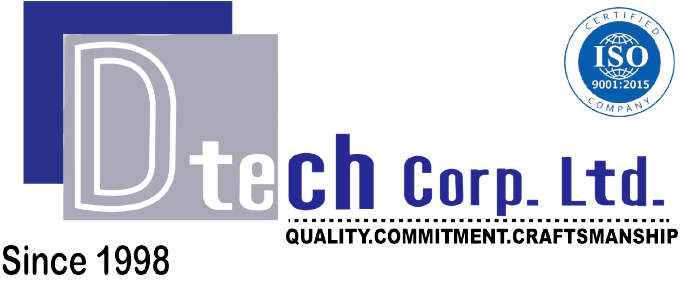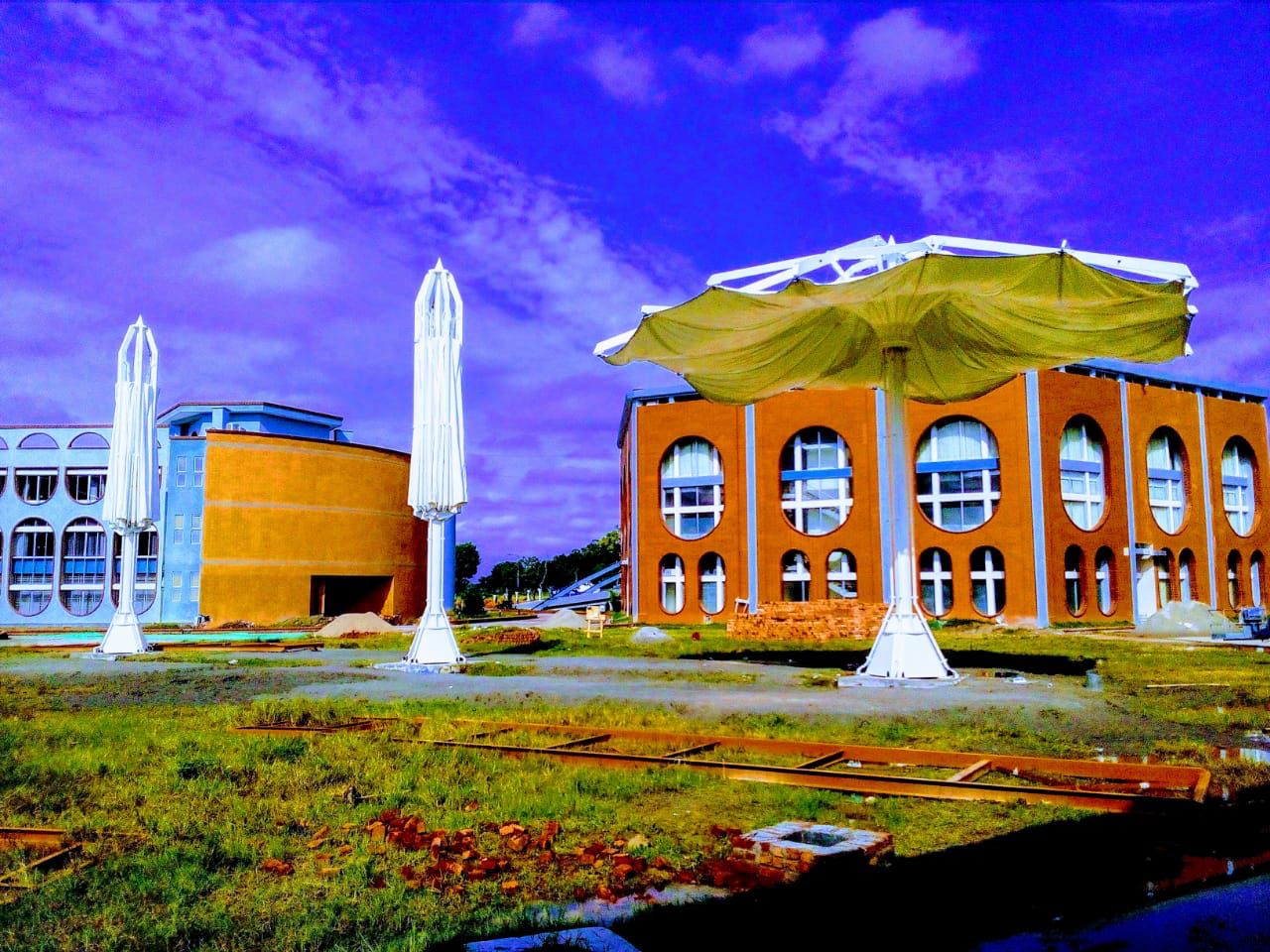Introduction
As Bangladesh continues its rapid urbanization and economic growth, the demand for sustainable and efficient architectural solutions has never been higher. Among these solutions, smart facade technologies are emerging as a key innovation. These technologies offer numerous benefits, including energy efficiency, enhanced comfort, and aesthetic appeal. For DTech Corporation Ltd, a leader in technological advancements, integrating smart facades into architectural designs represents a significant opportunity to shape the future of building construction in Bangladesh.
The Need for Smart Facade Technologies in Bangladesh
Urbanization and Environmental Challenges
Bangladesh is experiencing one of the fastest rates of urbanization in the world. Cities like Dhaka, Chittagong, and Khulna are expanding rapidly, leading to increased construction activities. However, this urban growth comes with significant environmental challenges. The country faces high levels of air pollution, frequent heatwaves, and a considerable energy deficit. Traditional building designs often exacerbate these issues, making the adoption of smart facade technologies crucial.
Energy Efficiency
One of the most pressing concerns in Bangladesh is energy efficiency. The country often grapples with electricity shortages and high energy costs. Buildings consume a significant portion of energy, primarily for heating, cooling, and lighting. Smart facades, with their ability to optimize natural light and regulate indoor temperatures, can substantially reduce energy consumption. This is achieved through advanced materials and technologies such as dynamic shading, photovoltaic panels, and intelligent glazing systems.
What are Smart Facade Technologies?
Smart facade technologies encompass a range of advanced systems designed to improve the performance and sustainability of building exteriors. These technologies can be categorized into several key areas:
Dynamic Shading Systems
Dynamic shading systems, including automated blinds, louvers, and smart windows, adjust their position or opacity based on real-time environmental conditions. These systems help control the amount of sunlight entering a building, reducing glare and heat gain during hot periods while maximizing natural light during cooler times.
Photovoltaic Facades
Photovoltaic facades integrate solar panels into the building’s exterior. These panels convert sunlight into electricity, providing a renewable energy source for the building. In a country like Bangladesh, which receives abundant sunlight throughout the year, photovoltaic facades can significantly contribute to the energy grid.
Intelligent Glazing
Intelligent glazing involves the use of smart glass that can change its properties based on external conditions. This includes electrochromic, thermochromic, and photochromic glass, which can adjust their tint in response to light, temperature, or electrical signals. This adaptability helps in maintaining optimal indoor temperatures and lighting conditions.
Green Walls and Vertical Gardens
Green walls and vertical gardens are living facades that incorporate plants into the building’s exterior. These not only enhance the aesthetic appeal but also provide natural insulation, reduce the urban heat island effect, and improve air quality by absorbing pollutants and releasing oxygen.
Benefits of Smart Facade Technologies
Energy Savings and Efficiency
The primary advantage of smart facades is their ability to enhance energy efficiency. By optimizing natural light and improving thermal regulation, these systems can reduce the need for artificial lighting and HVAC (heating, ventilation, and air conditioning) systems. Studies have shown that buildings with smart facades can achieve energy savings of up to 50%.
Improved Indoor Comfort
Smart facades contribute to a more comfortable indoor environment. By dynamically adjusting to external conditions, they help maintain consistent indoor temperatures and reduce glare. This creates a more pleasant and productive environment for occupants.
Sustainability and Environmental Impact
Integrating smart facades into buildings supports sustainability goals by reducing energy consumption and lowering carbon footprints. Photovoltaic facades, in particular, contribute to the generation of renewable energy, decreasing reliance on fossil fuels. Additionally, green walls improve air quality and contribute to urban biodiversity.
Aesthetic and Functional Design
Smart facades offer architects and designers greater flexibility in creating visually appealing and functional buildings. These technologies allow for innovative design solutions that can enhance the architectural character of urban landscapes.
Challenges and Solutions in Implementing Smart Facade Technologies in Bangladesh
High Initial Costs
One of the significant challenges in adopting smart facade technologies is the high initial investment required. Advanced materials and systems can be expensive, making it difficult for developers to justify the costs. However, it is essential to consider the long-term benefits and cost savings in terms of energy efficiency and maintenance.
Solution: Government incentives, subsidies, and financing options can help offset the initial costs. Additionally, public-private partnerships can play a crucial role in promoting the adoption of these technologies.
Technical Expertise
Implementing smart facade technologies requires specialized knowledge and skills, which may be lacking in the local construction industry.
Solution: DTech Corporation Ltd can lead the way by investing in training programs and partnerships with international experts. This will help build local capacity and ensure the successful implementation of smart facades.
Maintenance and Durability
Smart facade systems, particularly those with moving parts or electronic components, require regular maintenance to ensure their longevity and functionality.
Solution: Designing for durability and ease of maintenance is crucial. Using high-quality materials and robust engineering practices can minimize maintenance requirements. Additionally, setting up a dedicated maintenance team can ensure that these systems remain operational and efficient.
Climatic Considerations
Bangladesh’s tropical climate poses unique challenges for building design. High humidity, heavy rainfall, and extreme temperatures can affect the performance of smart facades.
Solution: Customizing smart facade solutions to suit the local climate is essential. For instance, using materials resistant to corrosion and moisture can enhance durability. Dynamic shading systems can be programmed to handle extreme sunlight efficiently, and intelligent glazing can be optimized for local temperature variations.
Case Studies: Successful Implementation of Smart Facade Technologies
Bangladesh Air Force Academy (BAFA)
One Bangladesh Air Force Academy is a training and education academy that provides initial training to all men and women who are preparing to be officers in the Bangladesh Air Force. The Bangladesh Air Force Academy is located in the district town of Jashore at Matiur Rahman Air Force Base.
Location: Jashore, Bangladesh.
Project By: Bangladesh Air Force
Consultant: Professional Associates Ltd.
Architect: Monjur Kader Hemayet Uddin
Main Contractor: Dtech Corp.Ltd
Scope of works:
-6 glass domes
-Madina Umbrella
-Exterior & Interior Glazing works
The Future of Smart Facade Technologies in Bangladesh
Government Policies and Regulations
For smart facade technologies to gain widespread adoption in Bangladesh, supportive government policies and regulations are essential. This includes incentives for green building practices, stringent energy efficiency standards, and subsidies for renewable energy systems.
Industry Collaboration
Collaboration between architects, engineers, developers, and technology providers is crucial to advancing smart facade technologies. DTech Corporation Ltd can play a pivotal role by fostering partnerships and promoting knowledge sharing within the industry.
Education and Awareness
Raising awareness about the benefits of smart facades among stakeholders, including developers, building owners, and the general public, is vital. Educational programs, workshops, and media campaigns can help highlight the importance of sustainable architectural practices.
Innovation and Research
Continued innovation and research are key to developing new and improved smart facade technologies. Investing in R&D will lead to the creation of more efficient, cost-effective, and durable solutions tailored to the specific needs of Bangladesh.
Conclusion
Smart facade technologies represent a transformative approach to architectural design, offering numerous benefits in terms of energy efficiency, indoor comfort, sustainability, and aesthetic appeal. For Bangladesh, a country facing rapid urbanization and significant environmental challenges, these technologies offer a path towards more sustainable and resilient urban development.
DTech Corporation Ltd is well-positioned to lead this transformation by investing in smart facade solutions and promoting their adoption across the construction industry. By addressing the challenges and leveraging the opportunities presented by these technologies, Bangladesh can pave the way for a greener, more efficient, and aesthetically pleasing built environment.
Embracing smart facade technologies is not just a choice but a necessity for the future of architectural design in Bangladesh. As the country continues to grow and develop, sustainable building practices will be crucial in ensuring a healthy, vibrant, and prosperous future for all.


Leave a Reply